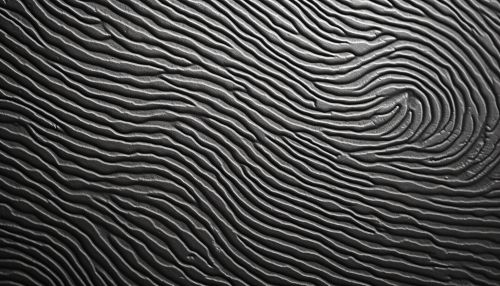Fingerprint Recognition
Introduction
Fingerprint recognition, also known as dactyloscopy, is a method of biometric identification that utilizes the unique patterns found on an individual's fingertips. This process has been used for over a century in forensic science and has more recently found applications in the field of information security.


History
The use of fingerprints as a form of identification dates back to ancient Babylonian times, where fingerprints were used on clay tablets for business transactions. However, it wasn't until the late 19th century that the scientific study of fingerprints began.
In 1892, Sir Francis Galton, a British scientist and cousin of Charles Darwin, published a book titled "Fingerprints", establishing the individuality and permanence of fingerprints. Around the same time, an Argentine police official, Juan Vucetich, started the first fingerprint files based on Galton's details.
Principles of Fingerprint Recognition
Fingerprint recognition is based on two key principles: uniqueness and persistence. The uniqueness of a fingerprint means that no two fingerprints are identical, even among identical twins. Persistence refers to the fact that a person's fingerprints remain unchanged throughout their lifetime.
Fingerprint Recognition Process
The process of fingerprint recognition involves several steps. These include image acquisition, preprocessing, feature extraction, and matching.
Image Acquisition
The first step in the fingerprint recognition process is image acquisition. This involves capturing a digital image of the fingerprint using a sensor. There are several types of sensors available, including optical, capacitive, and ultrasonic sensors.
Preprocessing
Once the fingerprint image has been acquired, it undergoes preprocessing to enhance the quality of the image. This can involve noise reduction, orientation field estimation, and ridge frequency estimation.
Feature Extraction
After preprocessing, the next step is feature extraction. This involves identifying specific features within the fingerprint, such as minutiae points, which are the locations where the ridge lines end or bifurcate.
Matching
The final step in the fingerprint recognition process is matching. This involves comparing the extracted features from the input fingerprint image with the features stored in the database. If a sufficient number of features match, the system confirms the identity of the individual.
Applications of Fingerprint Recognition
Fingerprint recognition technology has a wide range of applications. It is used in law enforcement for criminal identification, in border control for passport verification, and in the corporate sector for access control. It is also increasingly being used in consumer electronics, such as smartphones and laptops, for user authentication.
Advantages and Disadvantages
Like any biometric system, fingerprint recognition has its advantages and disadvantages. The main advantage is that fingerprints are unique to each individual, making them an effective means of identification. They are also relatively easy to capture and require inexpensive equipment.
However, there are also some disadvantages. For example, the quality of the fingerprint image can be affected by factors such as dirt or moisture on the finger. Additionally, some people may have fingerprints that are difficult to capture due to age or certain medical conditions.
Future of Fingerprint Recognition
The future of fingerprint recognition looks promising, with advancements in technology leading to more accurate and efficient systems. New developments in sensor technology, machine learning algorithms, and security measures are expected to enhance the performance of fingerprint recognition systems.
